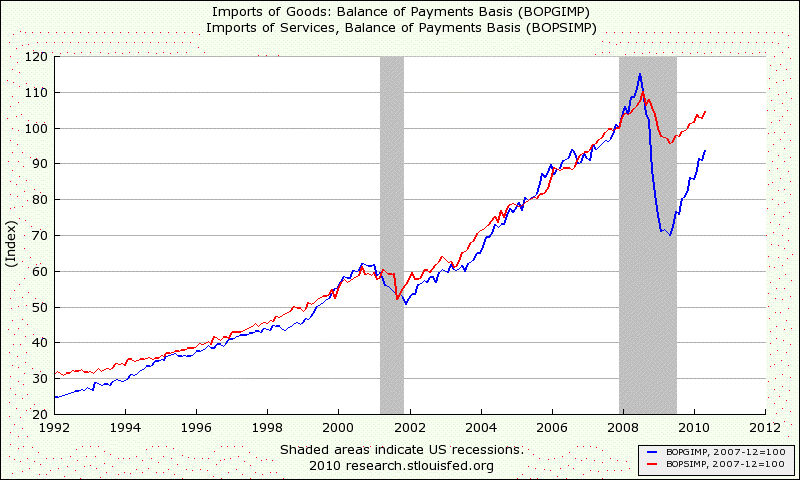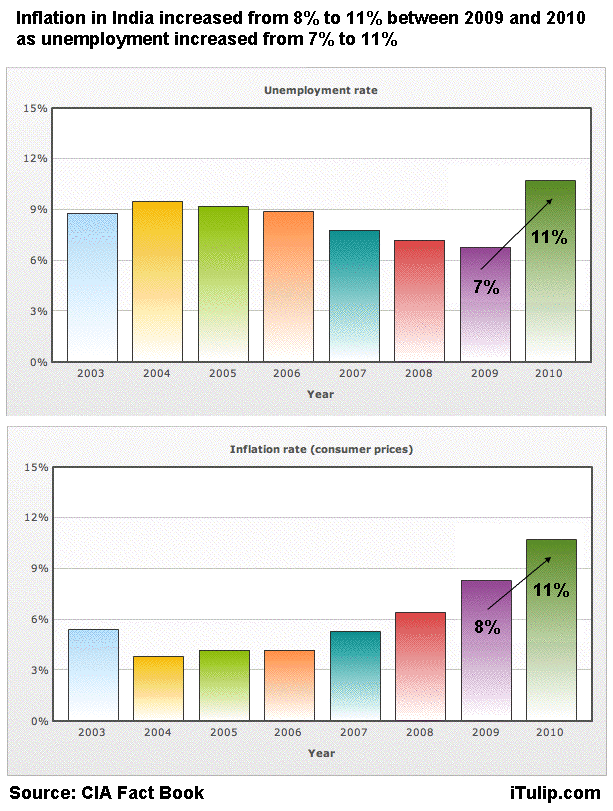Re: Inflation versus Deflation Tournament Game 3 - Part I: The endless saga continues - Eric Janszen
the Fed may not, but someday the world may choose to do it for them.
Originally posted by Jay
View Post
the Fed may not, but someday the world may choose to do it for them.



Comment